How Top factors help small brands disrupt category ripe in Fmcg goods
What are the factors that can affect the demand for FMCG products?

Big brands have survived wars, bubbles, panics, pandemics, recessions, depressions and crises.
But now, big brands may be facing their biggest foe: disruption in the digital age.
Retail is in the midst of a disruption like no other, which is forcing an existential crisis. Every retailer must decide whether or not to get ahead of the curve
and redefine its strategy and operating model to win in this era of disruption. Some are taking a wait-and-see stance; others are moving too cautiously and making
little impact. But there are real costs to waiting that may never be recoverable. Only by heeding the imperatives discussed in this article—and acting with urgency—can retailers position themselves for a winning future.

Big consumer brands face unprecedented challenges, but a mix of innovation and efficiency can future-proof these business giants.
A fast-changing consumer is testing the age-old consumer staples business model by more rapidly changing product preferences, service expectations and purchase channels. But according to a new report from Morgan Stanley Research, the brands that find the right balance between efficiency and innovation may find themselves well-positioned and perhaps even “future–proofed.”

The Pressure On Established Brands.
The pressure for extreme efficiency coupled with the pressure to innovate.More people shop via mobile devices and fickle consumer tastes require brands to take risks or lose market share. Small brands have actually experienced increased growth over the past few years.
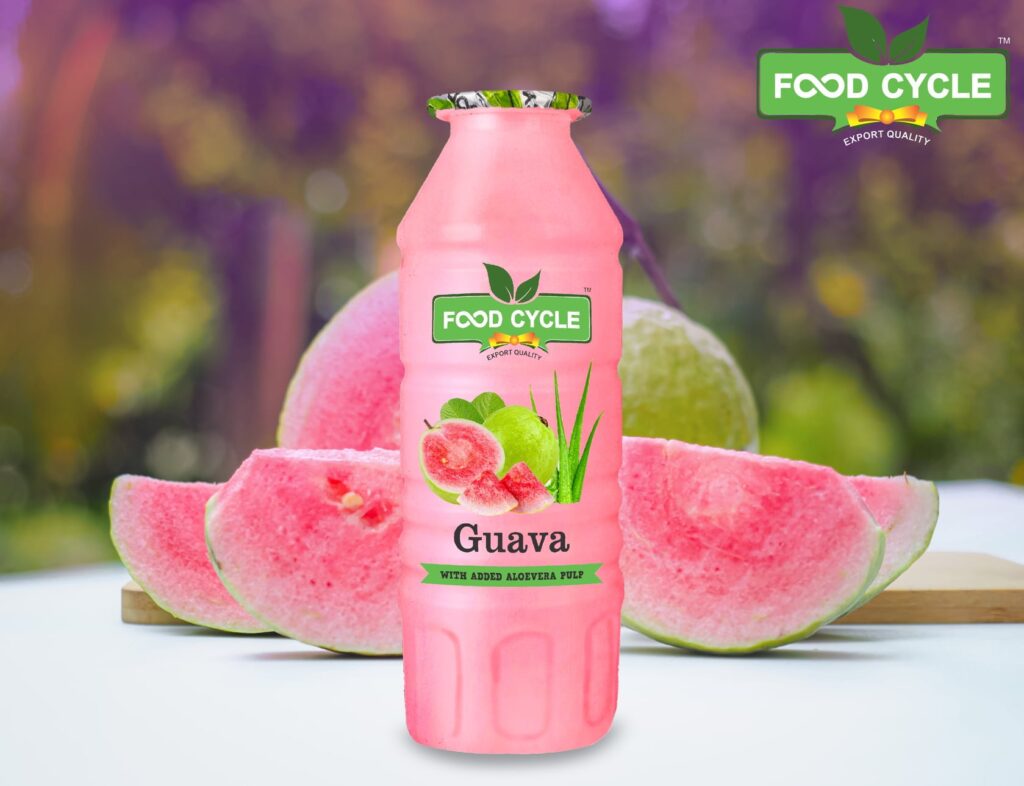
What are the main challenges facing FMCG companies today?
Rethink Re-brand Innovate or Die
the Morgan Stanley report notes that growth in emerging markets will likely bounce back within the next year. For consumer brands, “many of these growth concerns will fall away as the focus shifts back to the burgeoning emerging markets middle-class consumer.
Reduced Product portfolio and Increased Digital Drive
Sell under performing assets. Companies can then reinvest the proceeds in something with more growth potential, or use them to buoy their bottom line.
Picking the best innovation and business models or buying them outright.
A chief digital officer for every brand, rolling out consumer apps and increasing its digital ad spend. The result? Digital sales are now the company’s fourth largest market.
What categories fall under FMCG? What are the factors that can affect the demand for FMCG products?
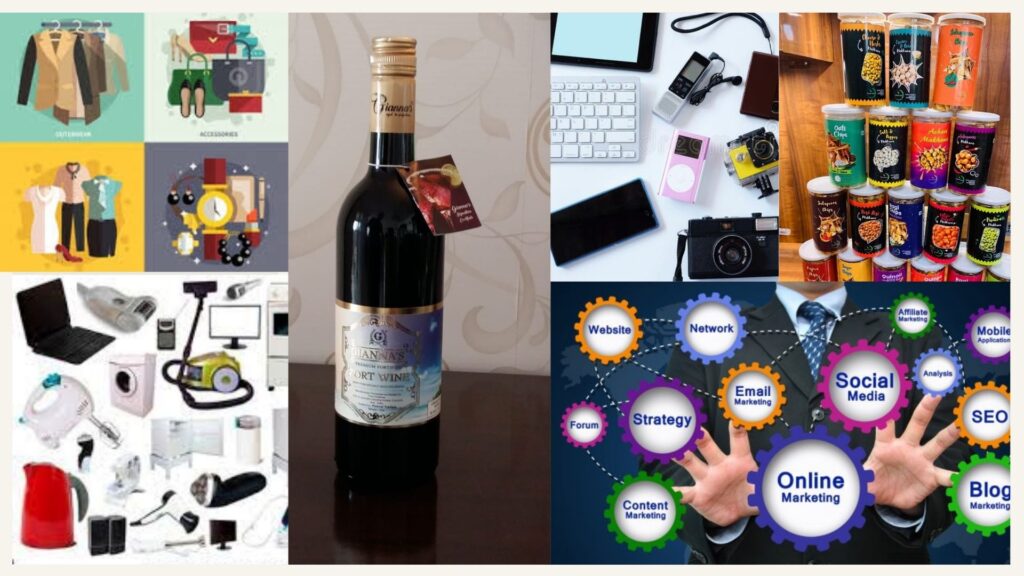
One of the areas we’ve been watching closely in recent months is fast-moving consumer goods (FMCG). This is an industry of everyday items, where high volumes of products are sold at relatively low cost, and has previously been dominated by a handful of large multi-national corporations. However, new opportunities in direct, highly-targeted marketing provided by the Internet (and social networking sites) mean that suddenly barriers to entry have fallen, and the major incumbents are under pressure.
In a Mobile First world the basis of retail competition is shifting from price and product superiority to privileged insights and customer experience. Social media and its followers have set the information Bazooka Boom Boom Boom…

Re imagine the store
Since established brand names mean much less to consumers than they used to, the basis of retail competition is shifting from price and product superiority to privileged insights and customer experience.
In light of this shift, there’s no doubt that physical stores can still be highly effective consumer touch points, but retailers need to think hard about the role of the store.
Nike does an admirable job of marrying in-person experiences with digital capabilities in its stores. At the company’s flagship store in midtown Manhattan, customers can use the Nike app to reserve products for pickup, scan QR codes on mannequins to check for available colors and sizes, pay for merchandise instantly, and book in-store consultations with Nike experts.
At the New York and San Francisco stores of the apparel brand Reformation, customers use digital screens to select items they want to try on; store associates then place the items in dressing rooms.
Retailers have seen sales uplift of 10 to 30 percent and as much as 5 percent
improvement in customer acquisition. Using advanced analytics, retailers can monitor customer “signals”—such as purchases, online browsing, and social-media posts—which should then trigger relevant and timely personalized messages. And retailers shouldn’t wait for perfect systems or perfect data to get started cultivating real-time relationships with individual consumers.
Although one-to-one personalization is the goal, even one-to-many is better than no personalization at all.
There’s much higher scrutiny today, from both inside and outside companies, on resource allocation and returns on tech spending, but the right investments can pay off handsomely. Retailers that are technology leaders can generate two to five percentage points greater EBIT than technology laggards.
Pursue partnerships as a new way to compete Witnessing the seemingly unstoppable growth of retail ecosystems like Alibaba and Amazon, traditional retailers are realizing that they can’t go it alone, because of both capability gaps and the sheer financial burden of keeping up with technology cycles.
Some retailers have joined forces with companies in other industries, allowing them to amass consumer touch points, gather new consumer data and insights, or access capabilities they couldn’t otherwise afford.
Examples include Tata’s partnering with Big Basket to build Semi automated warehouses in the next three years, several grocers linking up with delivery service Jio Mart, and McDonald’s working with Uber Eats to offer food delivery from thousands of McDonald’s restaurants around the world.
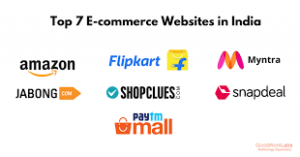
Retailers should also seek to establish consumer touch points within the large ecosystems: Alibaba, Amazon, Google, JD.com, and Tencent. For example,
several retailers—including Carrefour, H&M, and Walmart—have formed partnerships with Google.(Recognizing their outsize influence, even the ecosystems themselves are partnering with each other. Amazon has a storefront on Alibaba’s T Mall. Google and Ten cent announced a long-term agreement to
share patents. Ten cent has an ownership stake in JD.com.)
Retailers must determine what they bring to the table in both data and capabilities and how to integrate such partnerships into their strategy.
If retailers have the cash and capabilities, they could perhaps create their own ecosystems. Consider the following scenario: a drugstore chain partners with a health insurer, a chain of fitness centers, a physician-referral service, and a health-focused tech company, like Fitbit. Such an ecosystem would offer a single, comprehensive network for a consumer’s health and wellness needs.
Part of this strategy should be a reimagination of the retail business model: for instance, the ecosystem might offer rentals, subscriptions, ad space, or digital goods, all of which hold significant potential as new revenue streams and new ways of reaching customers.
Become an agile, talent-first organization
Because speed is at a premium, agility must become a way of life for retailers. implementing flatter structures with flexible networks of teams,but agility is about so much more. Agile companies are three times faster at going from ideation to implementation and two times more likely to take bold risks to transform the customer experience.
For retailers, becoming agile means moving away from the heavily protocol based organizations and meeting driven cultures of the past and instead forming small,
cross-functional teams.
A new value proposition for attracting and retaining a new breed of retail employees. It means looking for candidates in nontraditional places, including the so-called gig economy, in which 20 to 30 percent of the US working-age population already participates. Retailers must create a culture for new talent profiles to succeed in the organization and offer creative options and approaches (such as virtual working environments) to support different ways of working.
Take a 360-degree view of risk With disruption comes uncertainty, and retailers
must ensure they can respond rapidly to fast-changing circumstances.
Retailers face a broad range of other risks as well, including brand and reputation risk, activist investors, cyber attacks, and data-privacy breaches. Yet a recent MC Kinsey survey of more than 1,100 global companies found that boards spend less than 10 percent of their time on risk management—a percentage that hasn’t increased in the past few years.
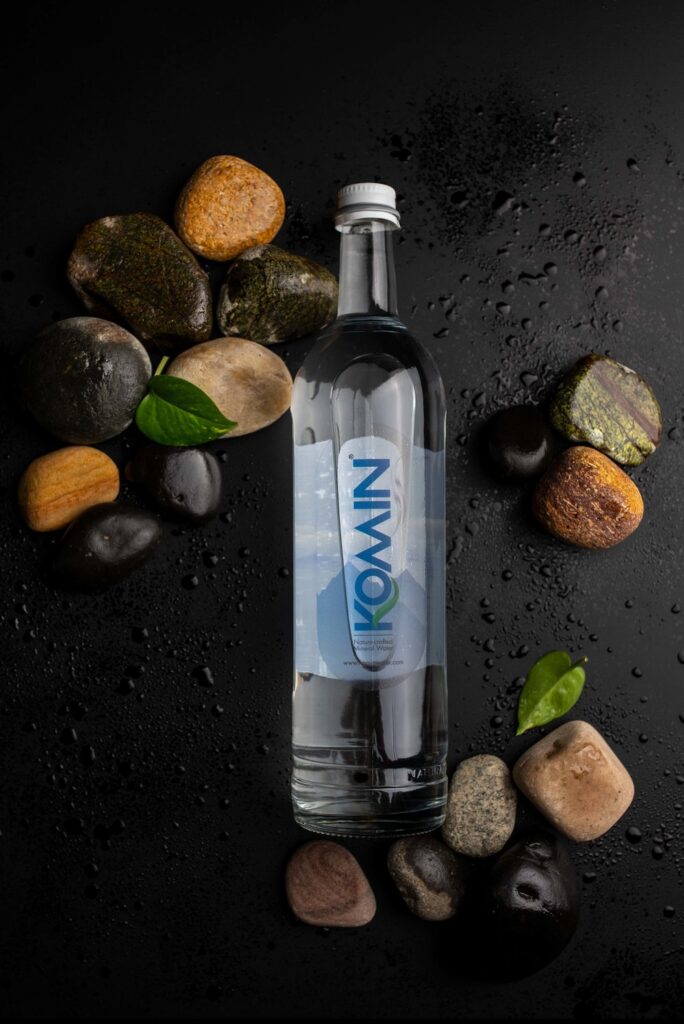
Moving forward
To determine how best to respond to the changing marketplace, FMCG companies should take the following three steps:
- Take stock of your health by category in light of current and future disruption, and decide how fast to act. This means asking questions about the external market: how significantly are our consumers changing? How well positioned are we to respond to these changes? What are the scale and trajectory of competitors that syndicated data do not track? Is our growth and rate of innovation higher than these competitors, particularly niche competitors? How advanced are competitors on making model changes that might represent competitive disadvantages for us? How healthy are our channel partners’ business models, and to what degree are we at risk? Do our future plans take advantage of growth tailwinds and attractive niches? Answering these questions creates the basis for developing scenarios on how rapidly change will happen and how the current business model might fare in each scenario.
- Draft the old-model-to-new-model changes that will position the company for success over the next decade. This is the time to develop a three-part portfolio strategy and begin the multiyear transformation needed to become an agile organization, perhaps by launching and then scaling agile pilots. This is also the time to determine which capabilities to prioritize and build and the time to redesign the operating model, applying agile concepts and incorporating the IT capabilities that offer competitive advantage. Change management and talent assessment to determine where hiring or reskilling are needed will be critical.
- Develop an action plan. The plan should include an ambitious timeline for making the needed changes and recruiting the talent required to execute the plan.

What are the main challenges facing FMCG companies today?

Five factors make a category ripe for disruption by small brands. High margins make the category worth pursuing. Strong emotional engagement means consumers notice and appreciate new brands and products. A value chain that is easy to outsource makes it much easier for born-digital players to get started and to scale. Low shipment costs as a percent of product value make the economics work. And low regulatory barriers mean that anyone can get involved. Most consumer-goods categories fit this profile.

The beauty category in particular is an especially good fit, so the advanced explosion of small brands in this category is no surprise. In color cosmetics, born-digital challenger brands already represent 10 percent of the market and are growing four times faster than the rest of the segment. The explosion of small brands in beauty enjoys the support of significant venture-capital investment—$1.6 billion from 2008 to 2017, with 80 percent of this investment since 2020 and beyond.
At the same time, digital marketing is fueling this challenger-brand growth while lifting the rest of the category, as beauty lovers find new ways to indulge in their passion. An astounding 1.5 million beauty-related videos are posted on YouTube every month, almost all of them user generated
Better for you
For years, consumers said that they wanted to eat healthier foods and live healthier lifestyles, but their behavior did not change—until now. Consumers are eating differently, redefining what healthy means, and demanding more products that are natural, green, organic and/or free from sugar, gluten, pesticides, and other additives. Packaged-food players are racing to keep up, even as consumers are increasing pressure on the packaged-goods subsector by eating more fresh food.

Disruption of mass-retailer relationships
Three trends are fueling a fierce business-model battle in retail. The e-commerce giants are already the clear winners, while the discounter business model is also flourishing. Mass merchants are feeling the squeeze.

Mass-merchant squeeze
The rise of the e-commerce giants and the discounters is squeezing grocers and other omnichannel mass merchants. Together, the seven largest mass players saw flat revenue from 2021. This pressure is forcing mass merchants to become tougher trading partners. They are pursuing more aggressive procurement strategies, including participating in buying alliances, getting tighter on SKU proliferation, and decreasing inventory levels. They are also seeking out small brands and strengthening their private labels in their quest for differentiation and traffic.
Disruption of developing-market category creation: The rise of local competitors
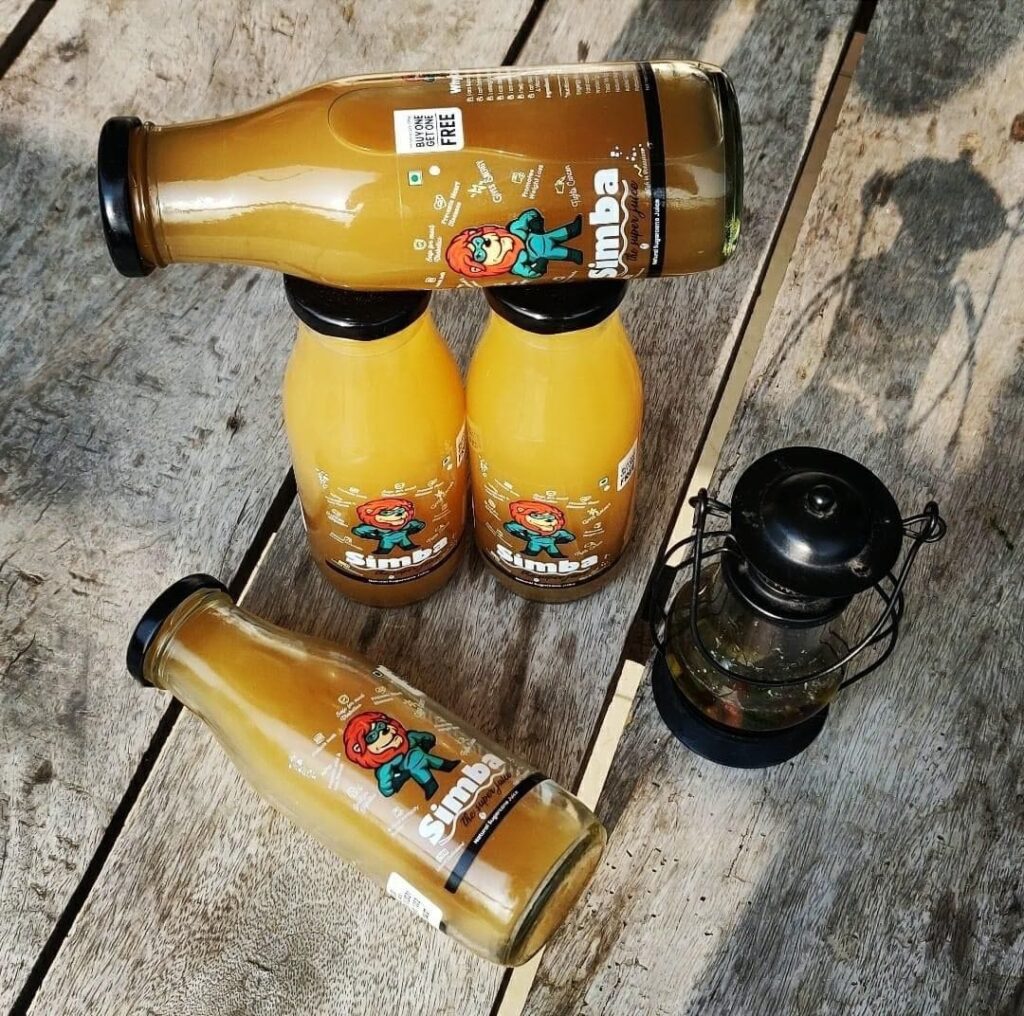
Developing markets still have tremendous growth potential. They are likely to generate new consumer sales of $11 trillion by 2025, which is the equivalent of 170 Procter & Gambles.
But local competitors will fight for that business in ways the multinational FMCGs have not seen in the past. As new competitors offer locally relevant products and win local talent, FMCG companies will need to respond—which will challenge the fairly centralized decision-making models that most of them use.
Further, channels in developing markets are evolving differently than they did in the West, which will require FMCGs to update their go-to-market approaches. Discounter-like formats are doing well in many markets, and mobile will obviously continue to play a critical,leapfrogging role.
Disruption of M&A: Increasing competition for deals
M&A will remain an important market-consolidation tool and an important foundation for organic revenue growth in the years following an acquisition. But some sectors like over-the-counter drugs will see greater competition for deals, especially as large assets grow scarce and private-equity firms provide more and more funding.
Of course, the importance of these ten disruptive trends will vary by category. But five of the trends—the millennial effect, digital intimacy, the explosion of small brands, the e-commerce giants, and the mass-merchant squeeze—will deliver strong shocks to all categories

Driven by activist investors, the market has set higher expectations for spend transparency and redeployment of resources for growth. Large FMCGs are being compelled to implement models such as zero-based budgeting that focus relentlessly on cost reduction. These approaches, in turn, typically reduce spend on activities such as marketing that investors argue do not generate enough value to justify their expense. While this approach is effective at increasing short-term profit,
Mass brands in developed markets represent the majority of sales for most FMCGs; as such, they are “too big to fail.” FMCGs must keep the base healthy. The good news is that the industry keeps advancing functional excellence, through better technology and, increasingly, use of advanced analytics. The highest-impact advances we see are revamping media spend, particularly through programmatic M&A and understanding of return on investment, fine-tuning revenue growth management with big data and tools like choice models, strengthening demand forecasting, and using robotics to improve shared services.
In addition to taking functional excellence to the next level, FMCGs will need to focus relentlessly on innovation to meet the demands of their core mass and upper-mass markets.
In Fmcg products,What are the Top disruptive trends that affect brands? What are the main challenges facing FMCG companies today?
1. The millennial effect

A recent McKinsey survey found that millennials are almost four times more likely than baby boomers to avoid buying products from “the big food companies.”
And while millennials are obsessed with researching before buying, they resist marketing and look instead to learn about brands from one another. They also tend to believe that newer brands are better or more innovative, and they prefer not to shop in mass channels Furthermore, millennials are much more open to
sharing personal information, allowing “born digital” challenger brands to target them with more tailored propositions and with greater marketing-spend efficiency.
Millennials are generally willing to pay for special things but otherwise seek value. Millennials in the United States are 9 percent poorer than Gen Xers were at the same age, so they have much less to spend and choose carefully what to buy and where to buy it
2. Digital intimacy (data,
mobile, and the Internet of Things)
The volume of data generated continues to increase, boosting companies’ capabilities but also consumer expectations. Most FMCG companies have started
to embrace digital but have far to go, especially in adopting truly data-driven marketing and sales practices.
Some FMCG categories, particularly home care, will be revolutionized by the Internet of Things (IoT)—converting some product needs, like laundry, into service needs. In many categories,the IoT will reshape the consumer decision journey, mainly by facilitating automatic replenishment.
3. Explosion of small brands

Many small consumer-goods brands are capitalizing on millennial preferences and digital marketing to grow rapidly. These brands can be hard to spot because they are often sold online or in channels not covered by syndicated data. But venture capitalists have spotted them: more than 4,000 of them have received $9.8 billion in venture funding over the past decade—$7.2 billion of it in the past four years alone
.
Retailers have also taken notice of these small brands. According to Nielsen, US retailers are giving small brands double their fair share of new listings. Small brands can be a source of differentiation for retailers and can help drive beauty-related videos are posted on YouTube every month, almost all of them user generated.
4.“Better for you”
For years, consumers have said they want to eat healthier foods and live healthier lifestyles, but only recently has their behavior begun to change. Consumers
are redefining what healthy means, eating more fresh food instead of packaged food, and demanding more products that are natural, organic, and free from sugar,
gluten, pesticides, and other additives.
5. E-commerce giants
Flipkart,Alibaba, Amazon, and JD.com grew gross merchandise
value at an amazing rate of 34 percent a year from 2012 to 2017 and till today. They are having a profound impact on consumer decision journeys across categories, forcing FMCG companies to rewrite their channel strategies and channel-management approaches, including how they assort, price, promote, and merchandise their products. In markets besides China, this disruption is still in its early days and will only accelerate as the e-commerce giants expand their geographic reach and move in to brick-and-mortar locations. Amazon’s push on private labels is a further game changer.
6. Discounters
In each grocery market discounters enter, they typically grow to secure market share of 20 percent or more. Jio and ITC have grown at 5.5 percent , and they are looking to the rural market for growth. Discounters lure consumers with their
carefully curated offering of approximately 1,000 fastmoving SKUs sold at prices 20 percent below mass grocers—and can still generate healthy returns.
7. Mass-merchant squeeze
Together, the seven largest mass retailers saw flat
revenue between 2020-21. This pressure is forcing mass merchants to become tougher trading partners: they are pursuing more aggressive procurement strategies, including participating in buying alliances; being more vigilant about SKU proliferation; and decreasing inventory levels. As mentioned, they are also seeking out smaller FMCG brands and strengthening their private labels.
8. The rise of local competitors
Developing markets still have tremendous growth potential. They are likely to generate new consumer sales of $11 trillion by 2025, which is the equivalent of
170 P&Gs. Local competitors will fight aggressively for that business by offering locally relevant products and acquiring local talent. FMCG companies will
need to respond by moving away from their fairly centralized decision-making models. Local relevance, proximity to the consumer, and speed will become
more important drivers of competitive advantage than consistent execution.
Furthermore, channels in developing markets are evolving differently than
they did in the West: discounter-like formats are doing well in many markets, and mobile will obviously continue to play a critical, leapfrogging role. This will require FMCG companies to update their go-to market approaches.
9. Pressure for profit
Driven by activist investors, the market now has higher expectations for spend transparency and reallocation of resources. Large FMCG companies are implementing cost-reduction approaches such as zero-based budgeting, which typically reduce spend on activities such as marketing. While effective at increasing short-term profit, such approaches haven’t yet proved their ability to generate longer-term winning TRS.
10. Increasing competition for deals
Certain consumer-packaged-goods sectors—such as over-the-counter drugs—will see greater competition for deals, as large assets become scarce and private equity firms provide more and more funding and drive up valuations. M&A will therefore continue to be an important capability for growth.
Creating value in a reshaped marketplace To survive and thrive in the coming decades, FMCG companies will need a new model for value creation— consisting of a three-part portfolio strategy as well as organizational and operational agility.
A broader portfolio strategy Going forward, FMCG companies will need to sustain
excellence in developed markets, even as they build the capabilities to leapfrog in developing markets and to “hothouse” premium niches.
Sustaining excellence in the developed market base FMCG companies must keep the base healthy. The good news is that the industry keeps advancing functional excellence through better technology and, increasingly, use of advanced analytics.
The highest-impact advances we see are in the areas of revamping media spend, particularly through programmatic M&A and a deeper understanding of return on investment; fine-tuning revenue growth management with big data and tools such as choice models; strengthening demand forecasting; and using robotics to improve shared services.
E-commerce must be treated as part of the core business. Finally, FMCG companies will need to keep driving down costs through zero-based budgeting, highly automated “touchless” supply-chain and sales and-operations planning, and advanced analytics and digital technologies to improve manufacturing
performance (for instance, through predictive maintenance). Many of these changes will require companies to treat technology as a core competency rather than a cost center. Leapfrogging new category creation in developing markets
FMCG companies must bring their newest and best innovation, not lower-quality products, into developing markets early to capture a share of the potential growth.




